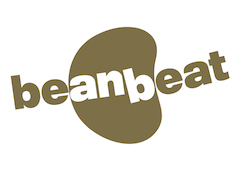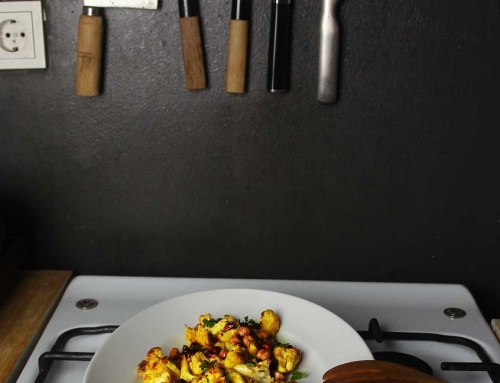 It’s high time for Saxa* and Scarlett* to snuggle under the earthy blanket. Serge* may too.
It’s high time for Saxa* and Scarlett* to snuggle under the earthy blanket. Serge* may too.
As for everything in life – also in a legume life -, the right timing is crucial, and this is right now! The cold has crept out of bed, and even the usually so reliable Ice Saints around mid-May are not given any credit for scaring us again with ground frost this spring.
Therefore beans & co can move along already into their earthy accommodation. A sunny spot, occasionally a sip of water, possibly a climbing aid, that’s atually all they need for stretching towards the sky. Oh yes, they bring of course their own fertilizer in the form of nodule bacteria on their roots. They are just the perfect guests and – if they feel really comfortable with you – they will even leave their entire annual income, nicely bundled in bulging pods. It couldn’t be any better!
Oh yeah, it can be even better! If you let the beans join with squash and corn, they will team up as the „Three Sisters“.  These three together benefit mutually from their advantages: The corn is then the a climbing aid for the bean, the bean fertilizes the soil for all of them, and the squash plant protects with its large leaves the soil from drying out. „Three Sisters“ is an ancient cultivation method of America.
These three together benefit mutually from their advantages: The corn is then the a climbing aid for the bean, the bean fertilizes the soil for all of them, and the squash plant protects with its large leaves the soil from drying out. „Three Sisters“ is an ancient cultivation method of America.
 When it comes to seeds, you should definitely choose heirloom varieties. These are – in contrast to hybrid seeds – open pollinated, which means the plants are pollinated without human intervention, so as by wind or insect pollination. Whereas hybrid varieties are artificially created by inbreeding methods and will be mostly sterile. That means you can’t save seeds for the following year, but need to purchase them every year anew. Actually, the hybrid seed packets can be distinguished only by the imprint „F1“. In Germany you get good organic seeds, as well as old crops like the asparagus pea, for example at Dreschflegel and VERN, and in Austria at Arche Noah. And if you live close to Detmold in Germany, it is worth dropping by at the Freilichtmuseum. There you can get samples of very old and rare family-owned crops, gathered from private gardeners, and breeded naturally to sustain the biological diversity in Germany.
When it comes to seeds, you should definitely choose heirloom varieties. These are – in contrast to hybrid seeds – open pollinated, which means the plants are pollinated without human intervention, so as by wind or insect pollination. Whereas hybrid varieties are artificially created by inbreeding methods and will be mostly sterile. That means you can’t save seeds for the following year, but need to purchase them every year anew. Actually, the hybrid seed packets can be distinguished only by the imprint „F1“. In Germany you get good organic seeds, as well as old crops like the asparagus pea, for example at Dreschflegel and VERN, and in Austria at Arche Noah. And if you live close to Detmold in Germany, it is worth dropping by at the Freilichtmuseum. There you can get samples of very old and rare family-owned crops, gathered from private gardeners, and breeded naturally to sustain the biological diversity in Germany.
A few more general tips for planting of beans, peas and lentils:
- Beans are usually sown after the Ice Saints (2014: 11 to 15 May) because they are afraid of frost. But this year the warm temperatures allow to hop earlier into bed. Prepare a 2 to 3 cm deep hole for not more than 5 seeds and cover it with soil. For climbing varieties a pole of up to 2 m is needed. Bush beans need no support. When the crop is soaked for 24 hours before sowing, it will germinate faster. Hazards: Birds may nibble the seeds, also very voracious snails.
- Peas are more easy-going with cold and can be let out already in March. Stuck 2 cm deep into the soil, and lightly cover with soil. When the plants are about 10 cm high, pile up the soil around. This increases the stability of the plant. The pea doesn’t like waterlogging, so water sparingly, but regularly. Hazards: Again, birds and snails.
- With lentils, I have no own planting experience yet. They grow very well even in poor soil, but the harvesting and purification of the small lentils is not so easy, and has put me off so far.
Have fun!
* The names haven’t been changed by the editor. Saxa = Bush Bean variety; Scarlett = Scarlett Runner Bean; Serge = Serge Pea









Hinterlasse einen Kommentar